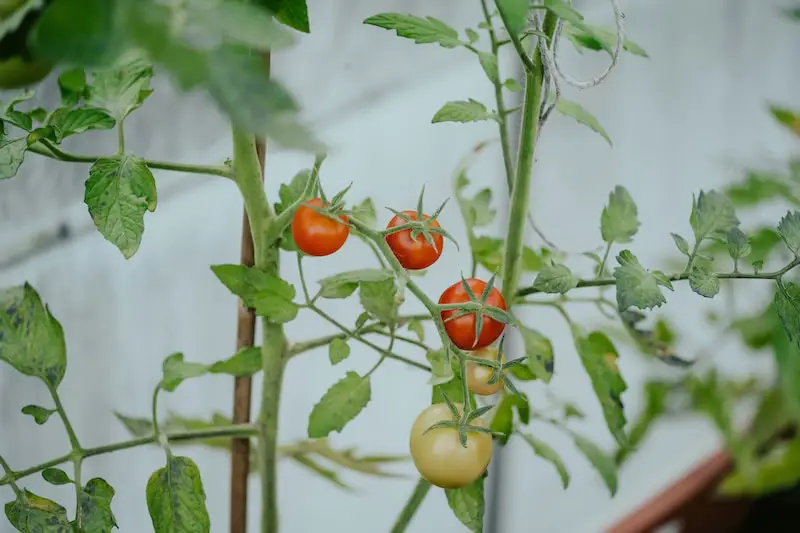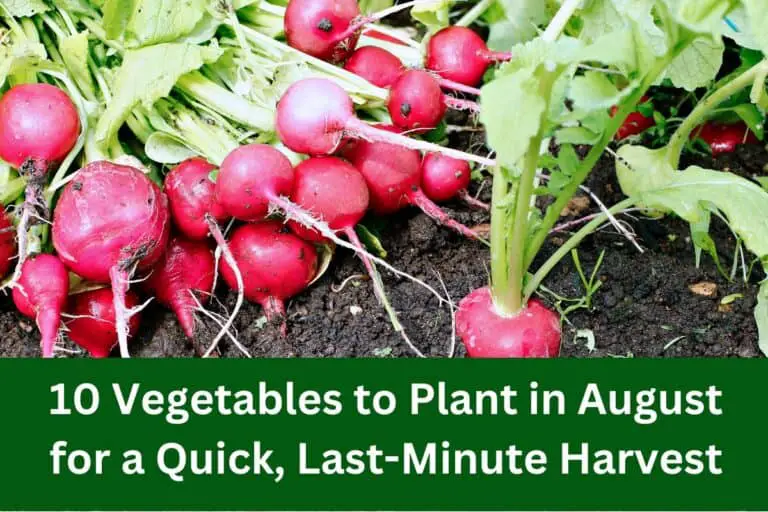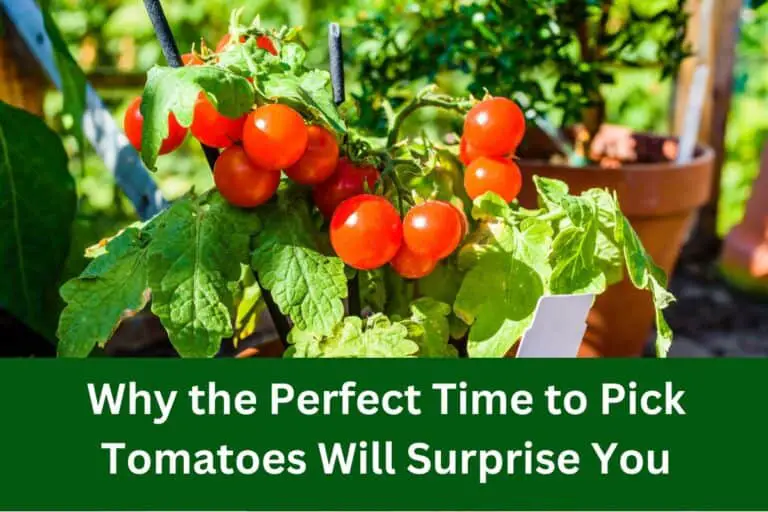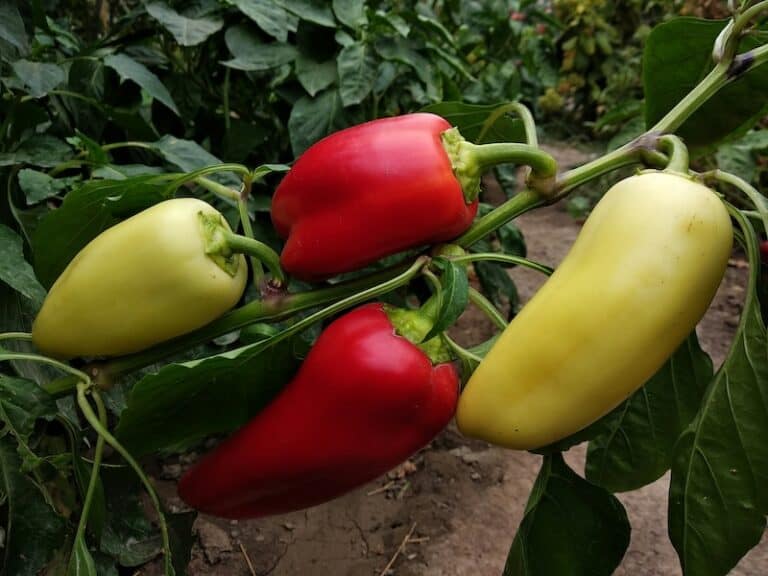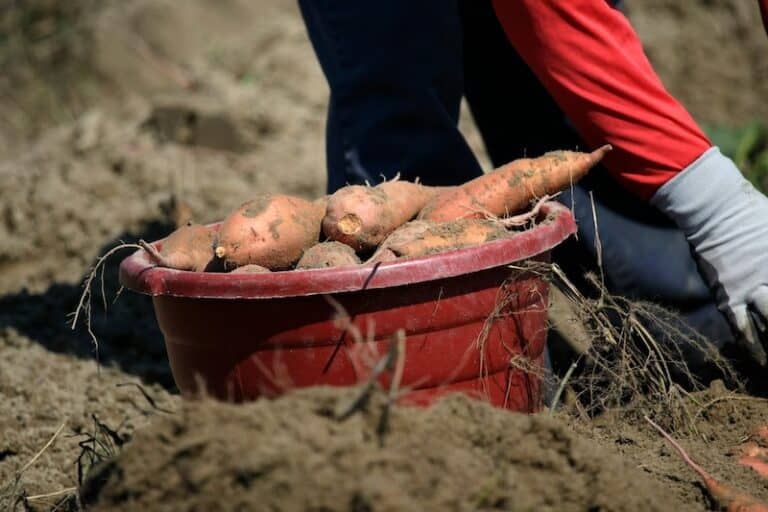7 Reasons Your Tomatoes Are Splitting and How to Fix Them Fast
Tomatoes are one of the most popular crops for home gardeners, prized for their juicy, flavorful fruits that are perfect for salads, sauces, and sandwiches. However, many gardeners face the frustrating issue of tomatoes splitting and cracking on the vine. This problem not only affects the appearance of the fruit but can also lead to reduced yield and increased susceptibility to pests and diseases. Understanding the causes behind this phenomenon is crucial for preventing it and ensuring a bountiful tomato harvest. Here are seven unexpected reasons your tomatoes might split and crack on the vine.
1. Inconsistent Watering
One of the primary reasons tomatoes split and crack is due to inconsistent watering. Tomatoes need a consistent supply of water to grow properly. When the soil alternates between being too dry and too wet, it can cause the fruit to expand and contract rapidly, leading to splitting. This is because tomatoes, like many other fruits, take up water quickly when it becomes available after a dry spell. The sudden influx of water causes the fruit to swell faster than the skin can stretch, resulting in cracks.
Solution:
To prevent this, maintain a regular watering schedule, ensuring that your tomato plants receive consistent moisture. Mulching around the base of the plants can help retain soil moisture and reduce the chances of drastic fluctuations.
2. Heavy Rainfall After a Dry Period
Even if you are diligent with your watering routine, heavy rainfall can still cause your tomatoes to split. A sudden downpour after a dry period can lead to the same rapid expansion and contraction that inconsistent watering does. The tomato plant absorbs a large amount of water quickly, causing the fruits to swell and crack.
Solution:
While you can’t control the weather, you can take steps to protect your plants. Using a thick layer of mulch can help moderate soil moisture levels, and you might also consider installing a rain shelter or canopy over your tomato plants during periods of heavy rain.
3. Over-Fertilization
Fertilizing your tomato plants is essential for their growth and fruit production, but over-fertilization, particularly with high-nitrogen fertilizers, can lead to issues. Excessive nitrogen encourages rapid growth, which can cause the fruit to outpace the skin’s ability to expand, leading to splitting and cracking.
Solution:
Use a balanced fertilizer with a lower nitrogen content, and follow the recommended application rates. Slow-release fertilizers can be particularly beneficial as they provide a steady supply of nutrients without overwhelming the plant.
4. Varietal Susceptibility
Some tomato varieties are more prone to splitting and cracking than others. Heirloom varieties, while beloved for their flavor and unique characteristics, often have thinner skins and are more susceptible to splitting. In contrast, many modern hybrid varieties have been bred for thicker skins and better resistance to cracking.
Solution:
If you frequently encounter splitting issues, consider planting crack-resistant varieties. Some popular crack-resistant tomatoes include ‘Celebrity,’ ‘Juliet,’ and ‘Mountain Spring.’ Researching and selecting varieties that perform well in your specific growing conditions can also help reduce splitting.
5. Temperature Fluctuations
Extreme temperature changes, especially sudden drops in temperature, can stress tomato plants and lead to fruit splitting. When temperatures fluctuate significantly, the plant’s growth can be disrupted, causing the fruit to expand unevenly and crack.
Solution:
To mitigate the effects of temperature fluctuations, use row covers or plant in areas where the temperature is more stable. Ensuring good air circulation and proper spacing between plants can also help reduce stress on the plants.
6. Improper Pruning
Pruning is a common practice to encourage healthy growth and improve air circulation around tomato plants. However, improper or excessive pruning can lead to issues. When too many leaves are removed, the fruit can be exposed to direct sunlight, causing it to heat up and expand rapidly, which can lead to splitting.
Solution:
Prune your tomato plants carefully, focusing on removing only the necessary leaves and suckers to maintain good air circulation and light penetration. Avoid excessive pruning that exposes the fruit to direct sunlight for extended periods.
7. Uneven Ripening
Uneven ripening can also contribute to splitting and cracking. When tomatoes ripen unevenly, parts of the fruit may mature and soften while other parts are still firm and growing. This can create internal pressure within the fruit, leading to splits and cracks.
Solution:
Ensure that your tomato plants receive consistent care and maintenance throughout the growing season. Regular watering, appropriate fertilization, and proper pruning can help promote even ripening. Additionally, picking tomatoes just as they start to ripen and allowing them to finish ripening off the vine can reduce the risk of splitting.
Additional Tips for Preventing Tomato Splitting
Aside from addressing the specific causes mentioned above, there are several general practices you can adopt to reduce the likelihood of your tomatoes splitting and cracking:
1. Mulching:
Mulch helps regulate soil temperature and moisture levels, reducing the risk of drastic fluctuations. Organic mulches like straw, grass clippings, or wood chips are particularly effective.
2. Consistent Monitoring:
Regularly check your tomato plants for signs of stress or splitting. Early detection allows you to take corrective measures before the problem worsens.
3. Harvesting at the Right Time:
Harvesting tomatoes when they are slightly underripe can help prevent splitting. Tomatoes will continue to ripen off the vine, and picking them early reduces the risk of damage from rapid growth or environmental factors.
4. Using Shade Cloths:
In areas with intense sunlight, using shade cloths can protect your tomato plants from excessive heat, reducing the risk of splitting due to temperature fluctuations.
5. Drip Irrigation:
Consider installing a drip irrigation system to provide consistent and even watering. Drip irrigation delivers water directly to the plant’s roots, minimizing the chances of overwatering or underwatering.
Conclusion
Tomato splitting and cracking can be a frustrating issue for gardeners, but understanding the underlying causes can help you take preventive measures. By maintaining consistent watering, choosing the right tomato varieties, managing fertilization, and protecting your plants from environmental stressors, you can enjoy a healthy and abundant tomato harvest. Remember, a little proactive care goes a long way in ensuring your tomatoes remain beautiful, delicious, and free from splits and cracks. Happy gardening!

